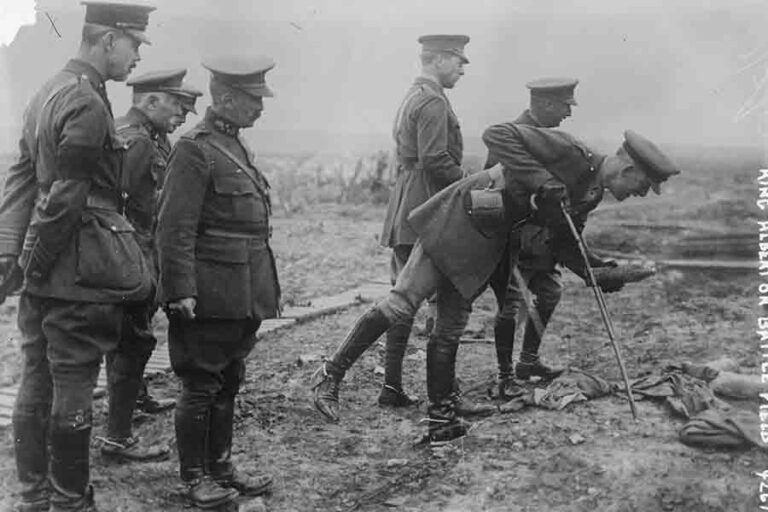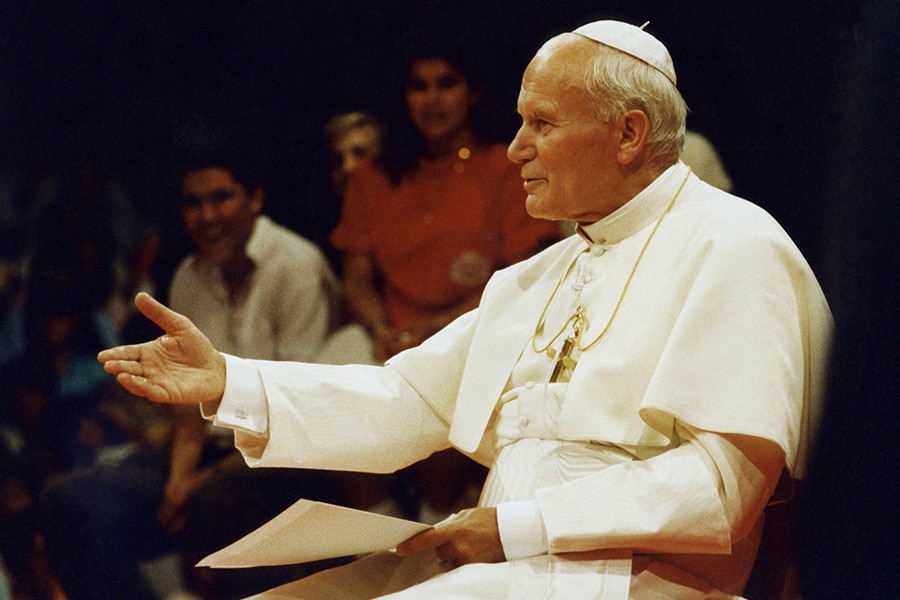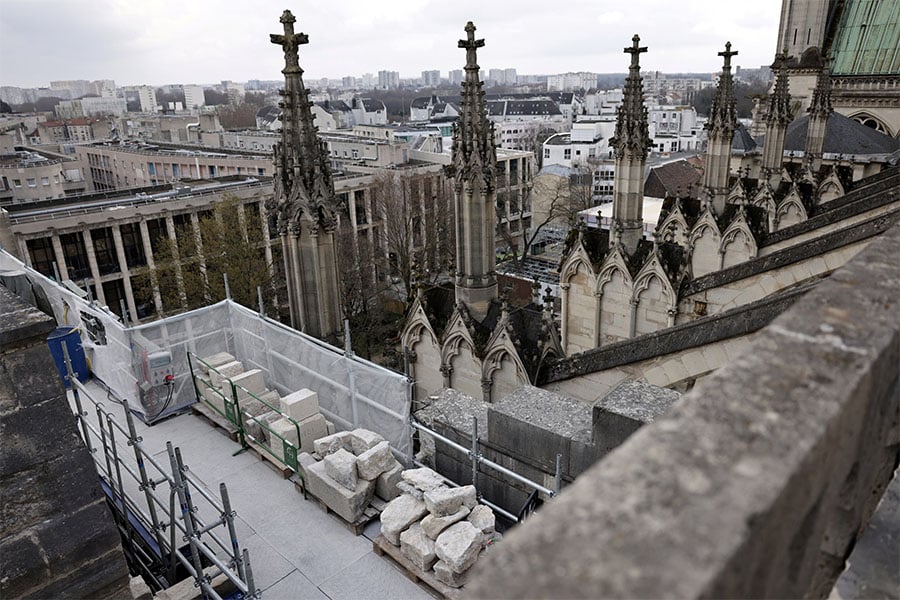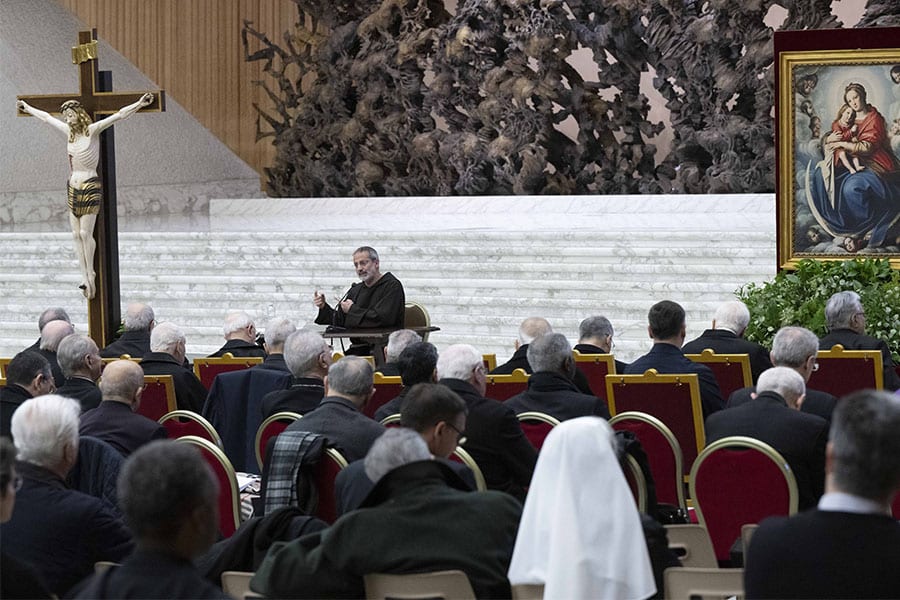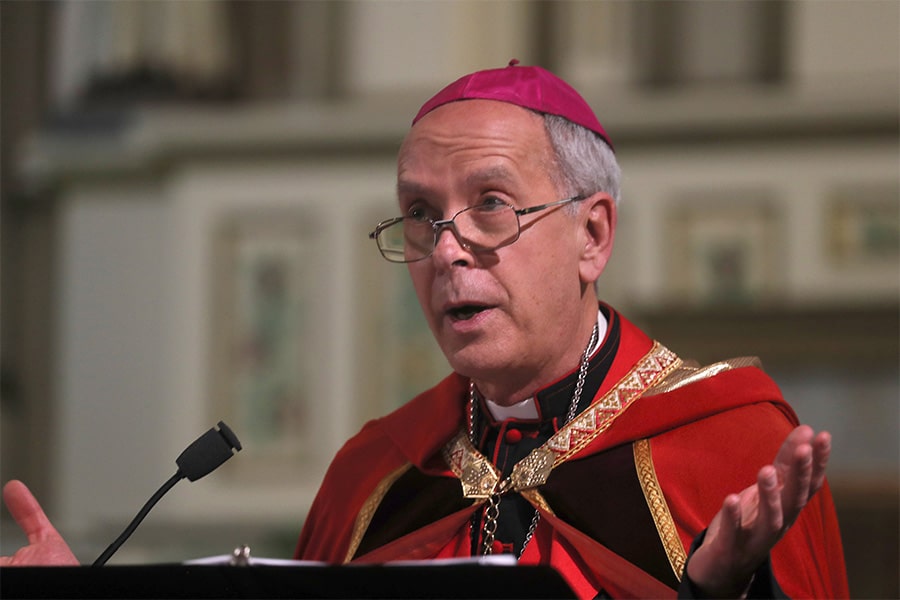In 1914, in the early months of World War I, Belgium suffered immense turmoil and devastation due to a massive German invasion.
Tens of thousands of lives were lost, enemy forces captured more than 90 percent of Belgian territory and the Belgian government had been exiled to Le Havre, France, by mid-October of that year.
But the nation’s Catholic monarch, King Albert I, stayed with his people, sharing in their suffering and keeping spirits alive through the grueling years of occupation and military resistance until Germany and the Allied powers signed an armistice Nov. 11, 1918, that brought the war to an end.
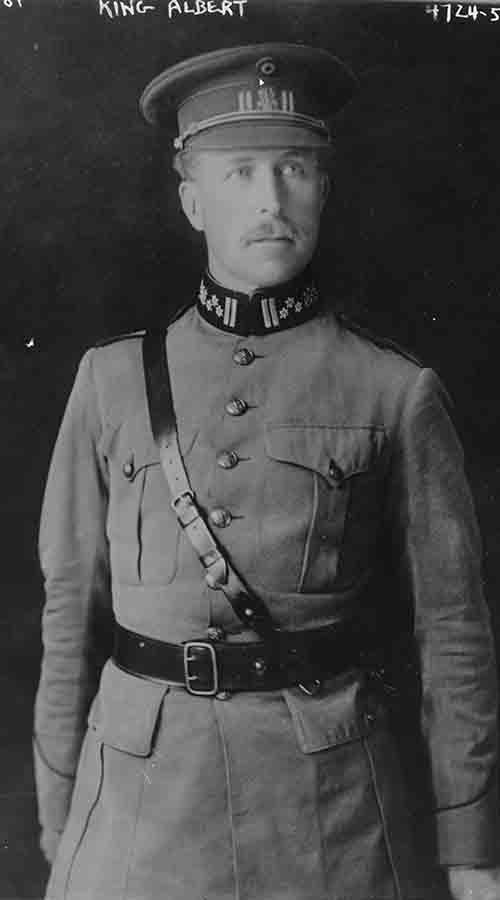
Four years earlier, some days after the Belgian government was exiled, Albert and his wife, Queen Elisabeth, joined their fellow Catholics for Mass on All Saints’ Day, Nov. 1, in the Missionary Oblates of Mary Immaculate chapel in the seaside town of De Panne, Belgium. (The king would often find solace from the front lines in that chapel during the war.)
That morning the commander of the Belgian forces and the queen were accompanied by only one guard.
Albert had “no more of the artificial signs of kingship” as he sat in the pews with an “expression of a noble sorrow,” according to a Daily Mail dispatch.
Only the day before had the German advance been halted due to the strategic flooding of the Yser River. The maneuver — decided by the king — would eventually prove vital in Belgium’s struggle for independence.
For his wartime efforts, Albert transformed from a monarch to an international hero with the moniker “the Soldier King.” Prominent political leaders such as Winston Churchill called him one of “the great liberators of the world,” at the time of the sovereign’s death.
Even organizations such as the Knights of Columbus recognized in Albert a man of virtue and commitment to the faith, bestowing an honorary membership on the king during his 1919 visit to the United States.
The faith steered Albert’s conscience and servant leadership throughout his life, especially during one of the darkest hours of his country’s history.
“The sovereign should be the servant of the law and the upholder of social peace. May God help me to fulfill this mission,” he had stated in his 1909 coronation speech.
Prior to the invasion, Belgium was a neutral nation, but the country reluctantly abandoned that stance when conflict was thrust upon them in the summer of 1914.
On the eve of war, Kaiser Wilhelm II — the ruler of the German empire — confided in Albert about France’s rapid military mobilization. He feared French expansion to recover Alsace-Lorraine, which was once its territory. At the same time, the kaiser aspired to expand his own empire, so to him, war was inevitable.
Albert tried to persuade the kaiser to seek peace, but to no avail.
After the assassination of Archduke Franz Ferdinand and Duchess Sophia by a Serbian gunman June 28, 1914, Austria-Hungary declared war on Serbia.
Germany followed suit, with aims of enacting the Schlieffen Plan, a military tactic devised to counter a two-front war by rapidly eliminating France. The plan, however, called for German forces to move undisturbed through Luxembourg and Belgium.
Albert realized an invasion by Germany was unavoidable. On Aug. 2, the German government issued an ultimatum to Belgium: Allow safe passage or suffer destruction. The Belgian government had 12 hours to respond. Albert remained steadfast in the policy of neutrality, but also strengthened diplomatic ties to Britain.
The next day, Albert justified his stance of neutrality to a packed chamber in the Belgian Parliament.
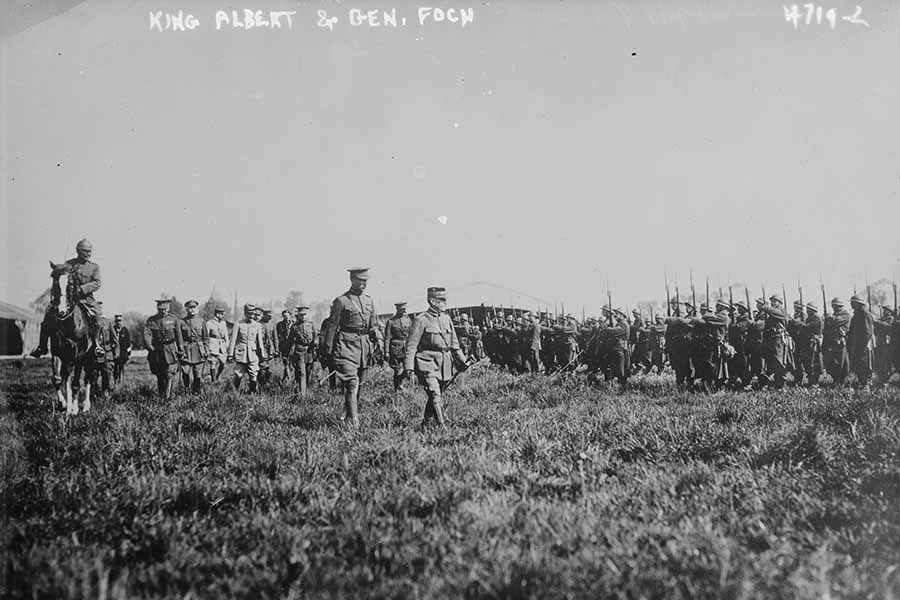
“If, however, it is necessary for us to resist the invasion of our soil, that duty will find us armed and ready to make the greatest sacrifices. … This is the moment for action. … I have faith in our destinies,” he said. “A country which defends itself wins the respect of all, and cannot perish. God be with us in this just cause.”
On Aug. 4, German forces crossed the Belgian border, sparking the Battle of Liège.
Albert promptly went to the front lines as head of the Belgian army, whose strength was vastly outnumbered and outgunned by Germany at the start of the conflict — an estimated 220,000 Belgian troops to German’s nearly 1 million.
Despite their limitations, the Belgian forces were reportedly inspired to fight due to the sheer presence of their king, who mingled among the troops and visited the field hospitals. On one occasion, Albert even dictated a letter on behalf of a wounded soldier whose only wish was to write home.
Yet the Belgian army’s courage could not withstand Germany’s power, with Liège and, eventually, nearly the majority of the country falling under its occupation.
It pained Albert to see the destruction of his countrymen’s homes and Belgian landmarks, as well as the immense loss of life, but he continued resisting German demands of surrender.
In retrospect, Belgium’s early stand affected the course of the Great War, giving France and Britain enough time to mobilize their militaries to aid Albert’s forces.
For four years, Albert soldiered on with his troops on the front lines, despite being under fire and attempted kidnappings from German forces.
His leadership was celebrated among the Belgian army and civilian population; the king and queen were so popular that German occupiers forbade the sale of the royal couple’s portrait throughout the duration of the war.
Ultimately, Albert’s ability to connect with his army and people through the grueling years kept the nation’s spirits alive to fight. He had faith in his countrymen, even as the Belgian forces dwindled below reportedly 47,500. Yet, the army survived.
This faith is more evident in a speech Albert gave to the Belgian troops before leading an Anglo-Franco-Belgian offensive on the Germans in what is now known as the Fifth Battle of Ypres:
“It is your duty to drive back the invader, who has been oppressing your brethren for the last four years. The hour is decisive. The Germans are retiring everywhere. Soldiers, show yourselves worthy of the sacred cause of our independence, worthy of our traditions, worthy of our race. Forward for right, for freedom, for glorious and immortal Belgium.”
The Belgian army responded, relentlessly pushing the German defenses back to recapture most of the occupied territory. By early October 1918, the German government requested an armistice with the Allied powers and it was signed Nov. 11.
Eleven days later, the king who had stayed with his people was able to reenter the capital city of Brussels.
The war had cost the lives of many Belgians as well as loss of 16 to 20 percent of the national wealth, but, with the valiant leadership of their king, they remained independent. Albert now turned his attention to the country’s reconstruction.
Prior to his reentry into Brussels, King Albert began to reshape his country including universal suffrage for all men over 21.
He created “The King Albert Fund,” which provided temporary housing for those whose homes were destroyed by the war.
His biography “Albert the Brave: King of the Belgians” offers a picture of his determination for proper housing, stating “that he made it a special rule that, if a claimant was not satisfied with the commissioners’ decision (in the rejection of an application), he could take his petition to the king in person.” Only a few were ever taken to the king.
He led efforts to rebuild the nation’s public works, industries and monetary system and made it a priority to restore the destroyed architecture across the country to its original state, particularly a 13th-century Catholic church in Nieuport.
Additionally, he promoted the arts, science and literature to revive Belgian culture and innovation.
His lifelong fascination with innovation was an impetus behind his 1919 visit to the United States. During this visit, Knights of Columbus Supreme Director William Larkin, who led the fraternal order’s war efforts overseas, was one of a committee that made Albert an honorary Knight.
Albert’s attention to his faith did not diminish in the postwar reconstruction.
He reportedly once said: “Every time society has distanced itself from the Gospel, which preached humility, fraternity and peace, the people have been unhappy, because the pagan civilization of ancient Rome, which they wanted to replace it with, is based only on pride and the abuse of force.”
The king died during a rock-climbing accident Feb. 17, 1934. He was 58.
“The grief of the Catholics all over the world over King Albert’s death is deeply felt because, being faithful to his country and to himself, he was also faithful to God,” said an obituary in the April 1934 issue of Columbia, the Knights of Columbus magazine. “Never was he accused of compromising his conscience, never was his loyalty questioned.”
Read More World News
Copyright © 2022 Catholic News Service/U.S. Conference of Catholic Bishops

